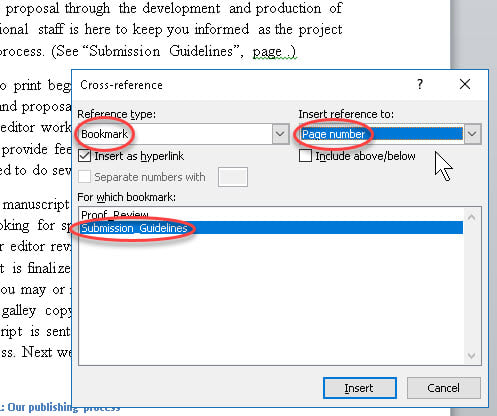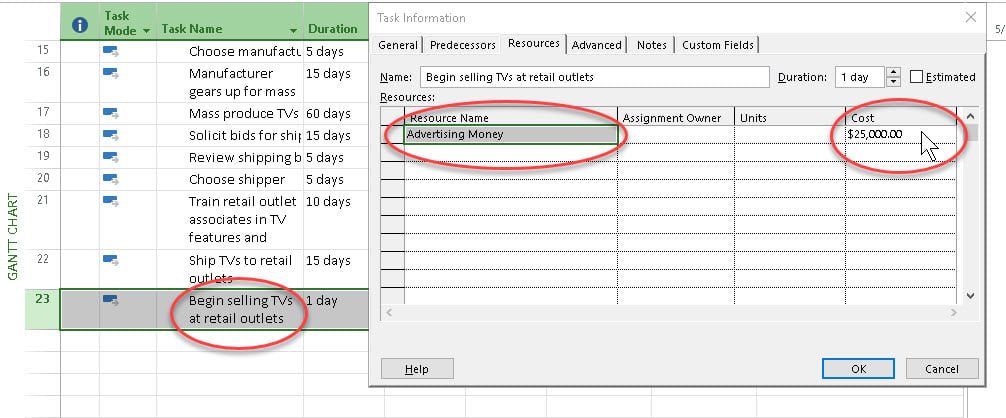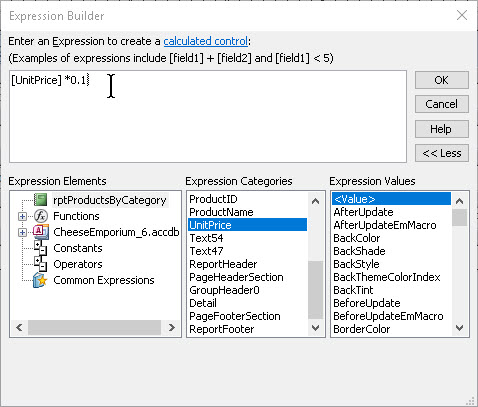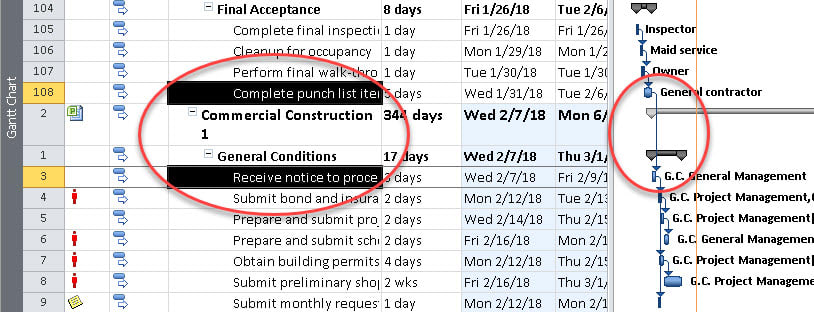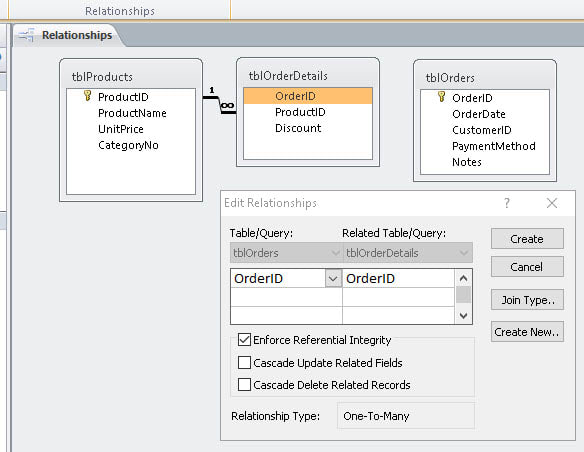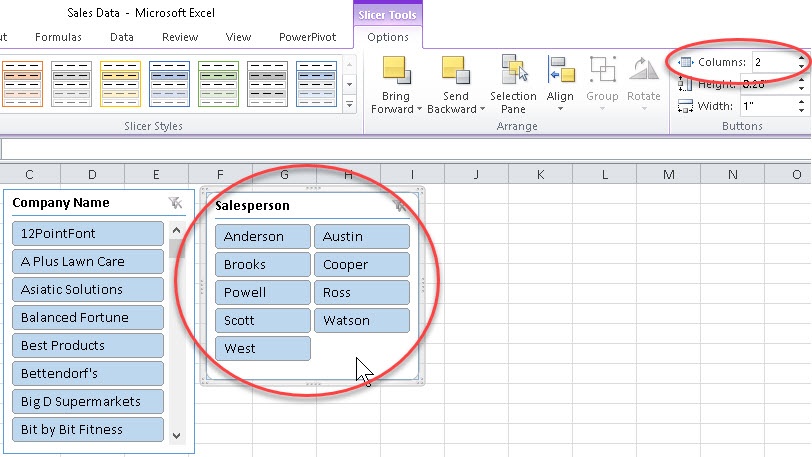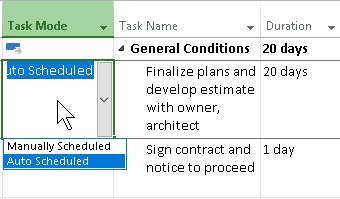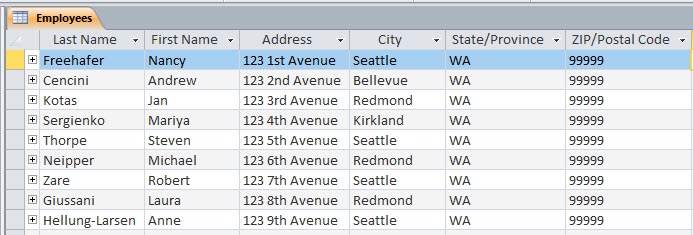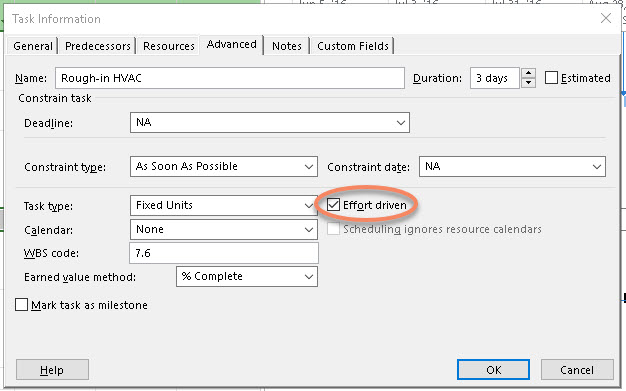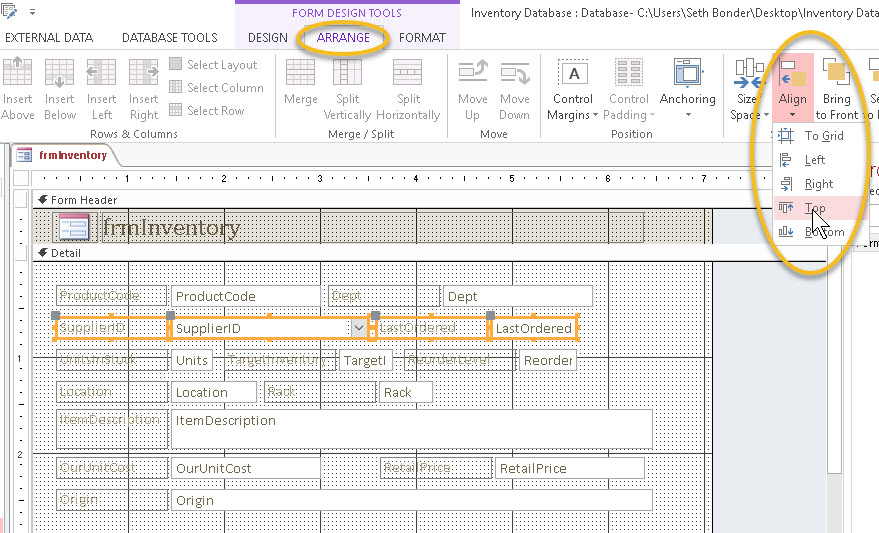Creating a Cross-Reference in Microsoft Word
The process of setting up a cross-reference in Word, frankly, can take a little time to get comfortable with. So don’t worry if you need a couple run-throughs. The recipe goes like this: First, create a bookmark (there are a couple other things you can …
